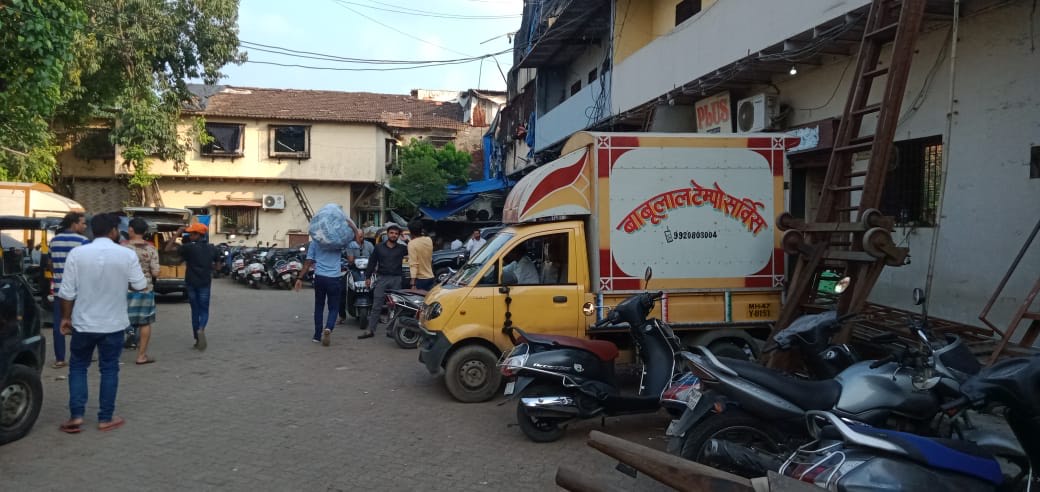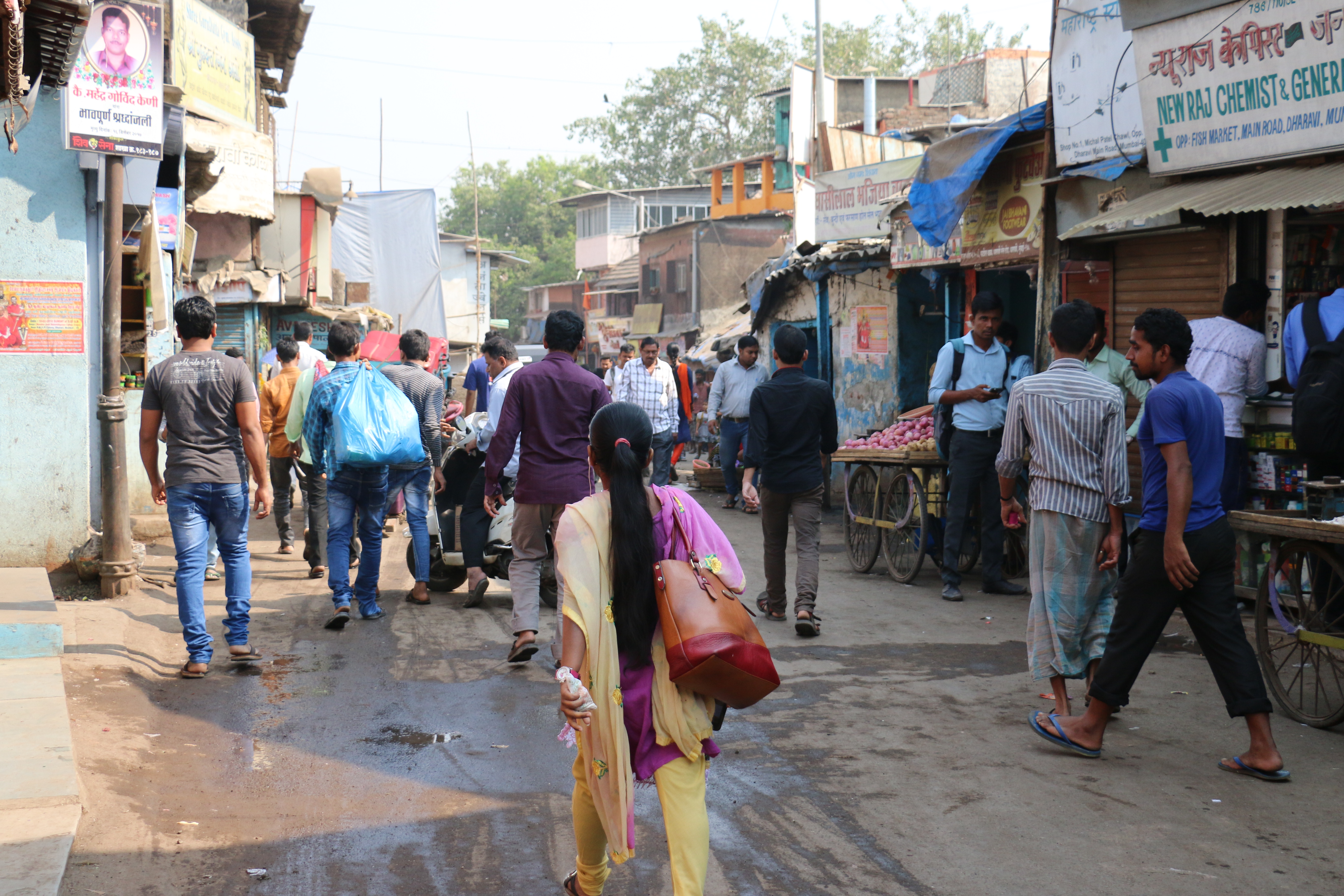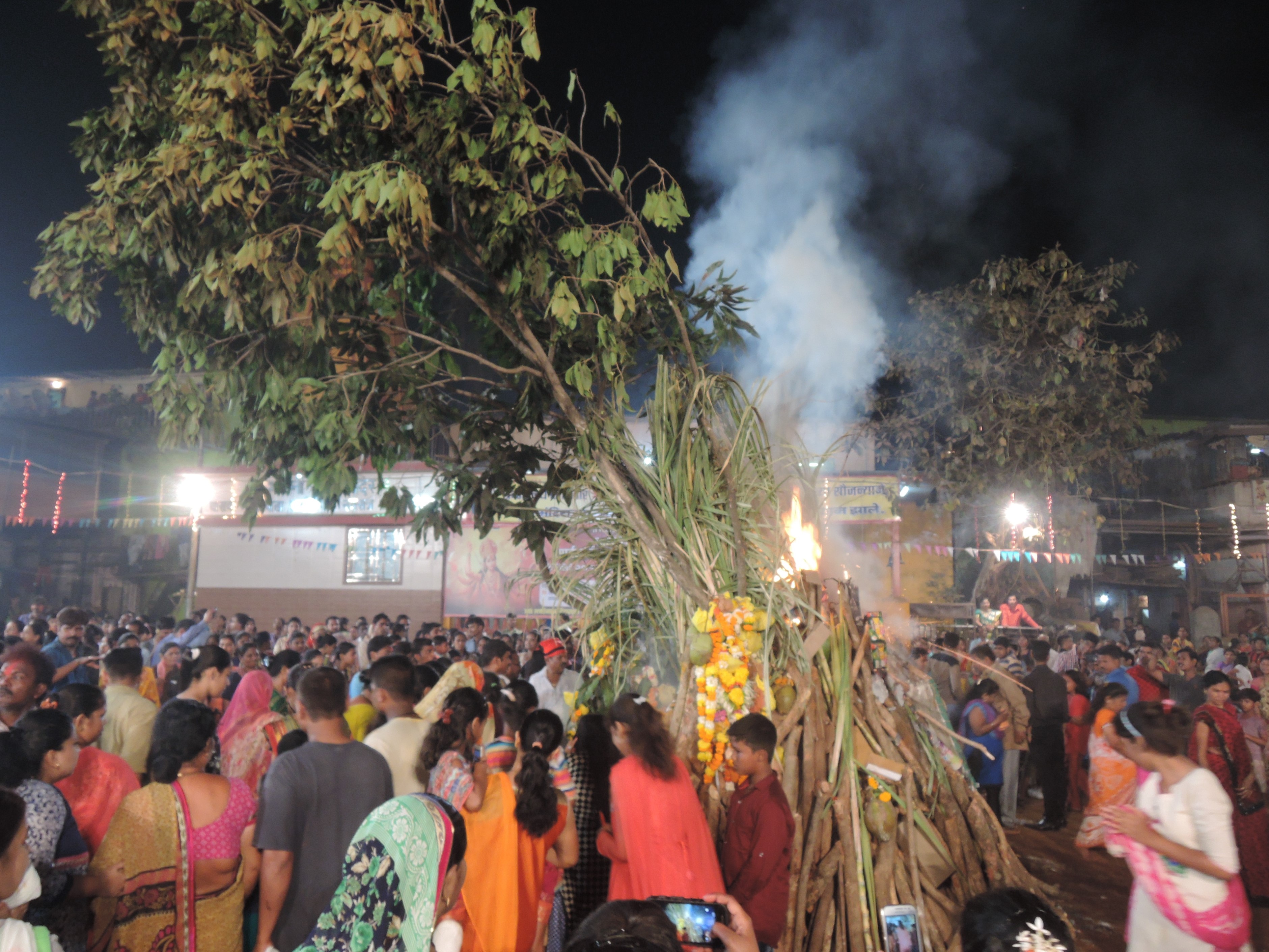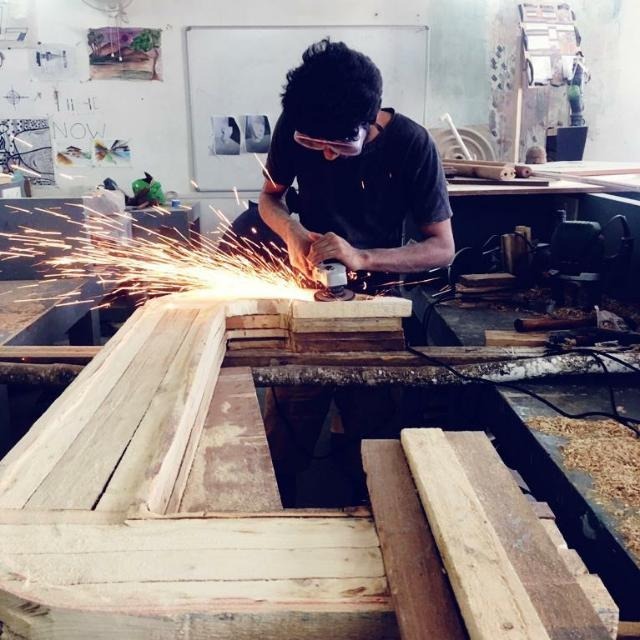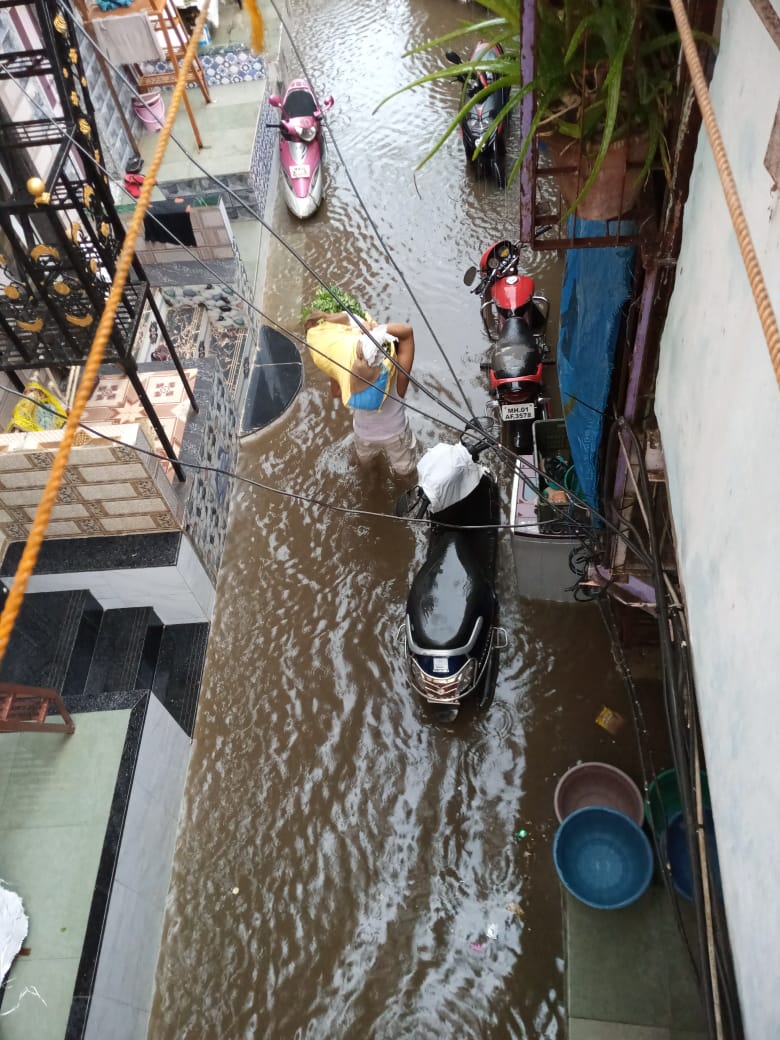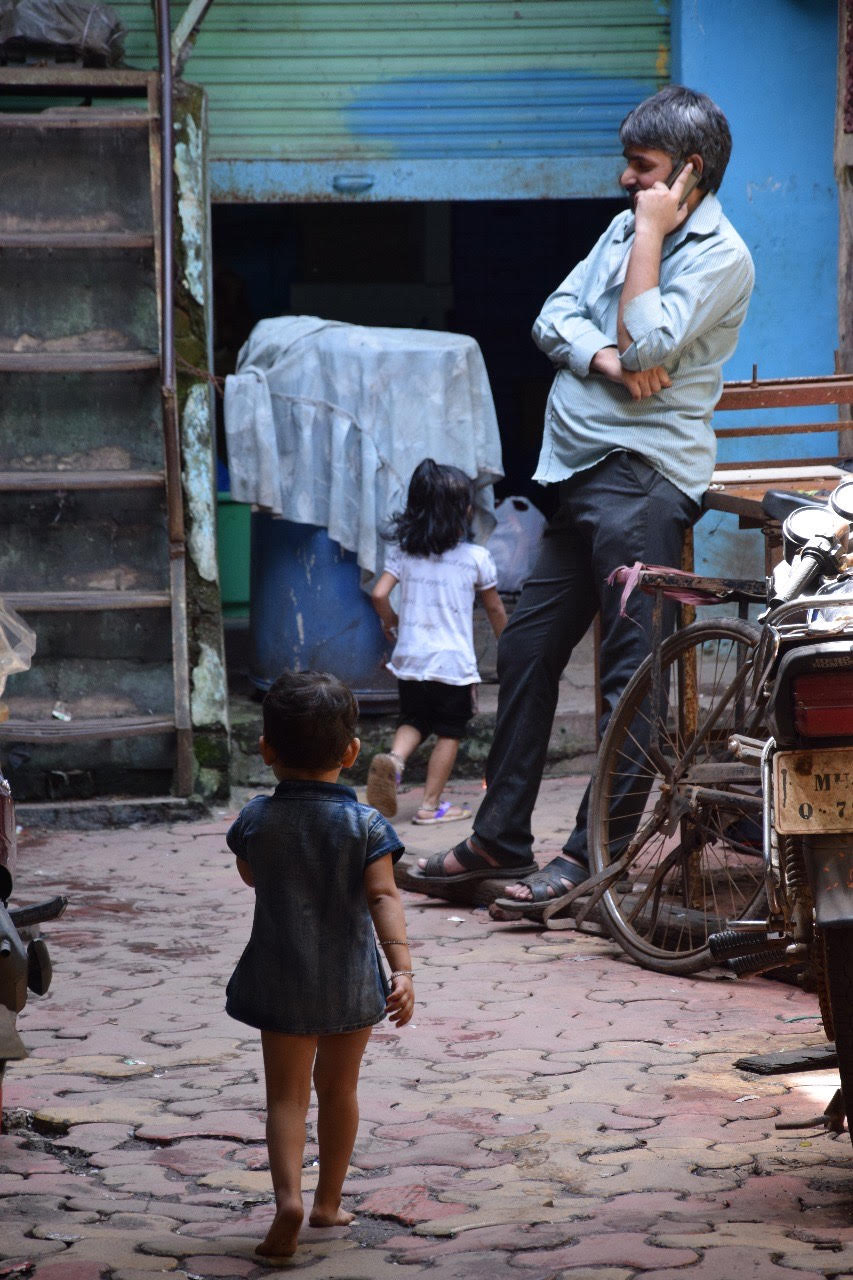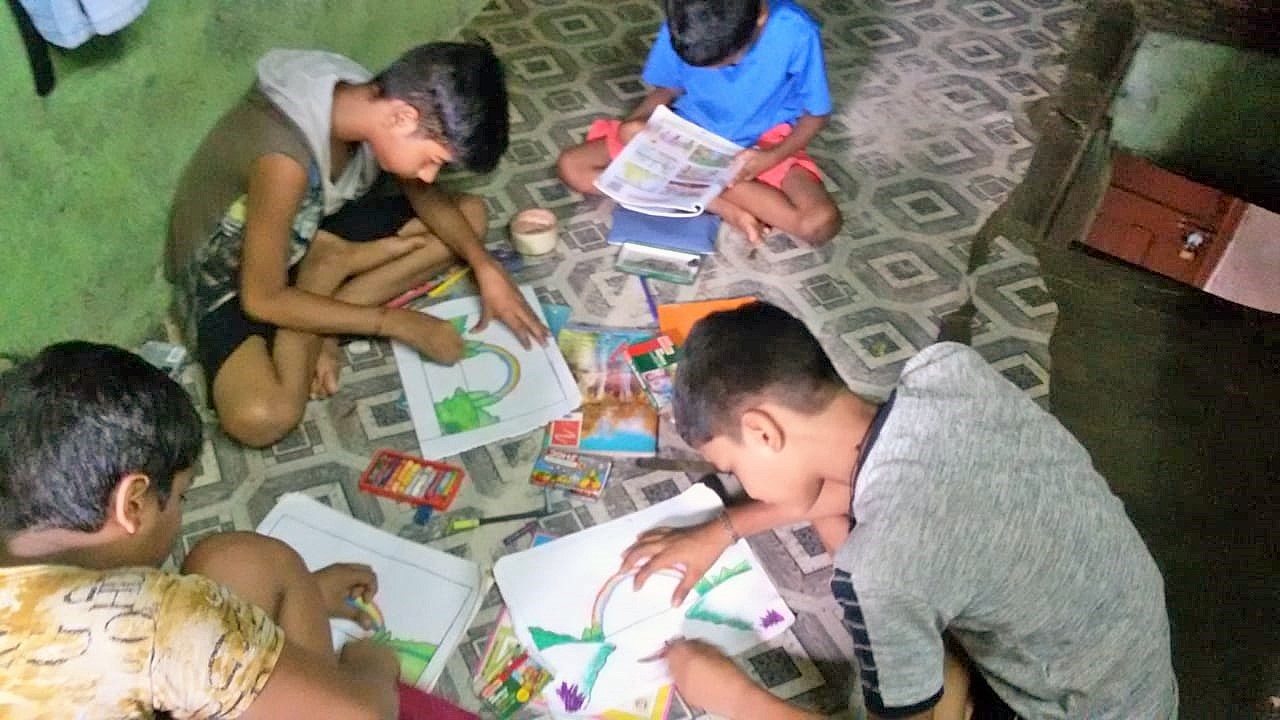Dharavi 2020: The Covid-19 challenge
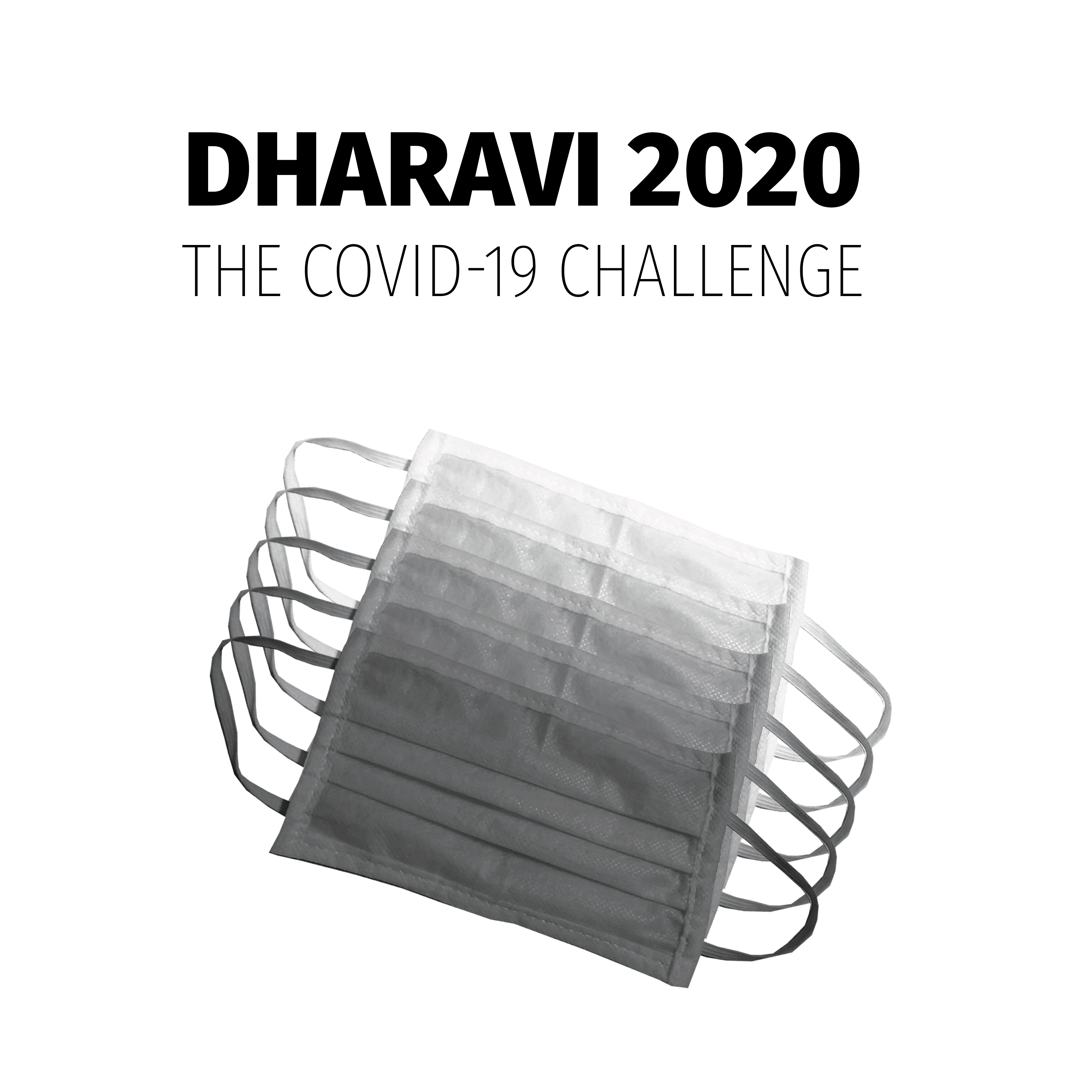
Dharavi 2020: The Covid-19 challenge
The Dharavi articles, Weeklies, and Fortnightlies were attempts to document the experience of Dharavi’s residents and users, the struggles they faced during the pandemic, and the strategies implemented for prevention of COVID-19’s spread. We covered a wide range of topics that would help illustrate those aspects of life that had undergone drastic changes owing to the pandemic-induced lockdown. Food and transportation were found to be a large issue for most residents, but there were also other matters specific to women and children that were uncovered. The urbz team did their best to record and report these narratives through our newsletters.
We began every edition by first deciding upon a pressing topic most relevant to Dharavi in the context of the pandemic. We focused on food when rations were in high demand, on economics when the impacts of the lockdown became more evident, and on transportation and circulatory migration patterns when workers began to return to Dharavi after the lockdown restrictions were eased.
Our team discussed the various topics and themes to develop a comprehensive questionnaire that would allow data collection in both a qualitative and quantitative format. Interviews with respondents were conducted over the phone and we aimed to interview around 30-35 Dharavi residents for each newsletter to get a complete understanding of their situation and experiences. Conducting phone interviews came with a set of challenges of its own. It would sometimes be difficult to find respondents willing to speak about their personal lives, or sometimes respondents weren’t comfortable speaking to interviewees of the opposite gender and couldn’t convey their whole story. It was therefore important to be sensitive to their concerns and also continuously expand our data pool and reach out to more residents.
All our data was compiled and organized through tabulation. Quantitative data would be analyzed separately in order to understand trends, form hypotheses, and create supporting graphs and charts. Qualitative data was collected and presented in the form of spotlight stories, case studies, and the general atmosphere of the public.
We at urbz researched the circumstances in Dharavi from April to November. We now present a collection of four pandemic-focused articles, fifteen Dharavi Weekly issues, and five Dharavi Fortnightly issues. These newsletters provide an in-depth look into how communities in Dharavi both struggled and succeeded during the pandemic. We also provide an extensive analysis of various socio-economic, spatial, and political factors that played into the experiences of Dharavi residents with the coronavirus pandemic. Some traits that stood out during our eight-month-long project were the resiliency of Dharavi’s communities, their willingness to help each other out, and a strong sense of attachment to their locality.
To download the PDF click here

